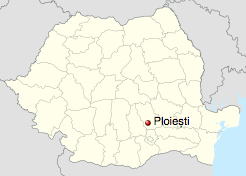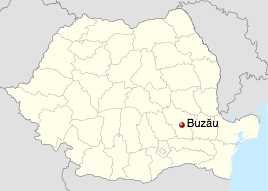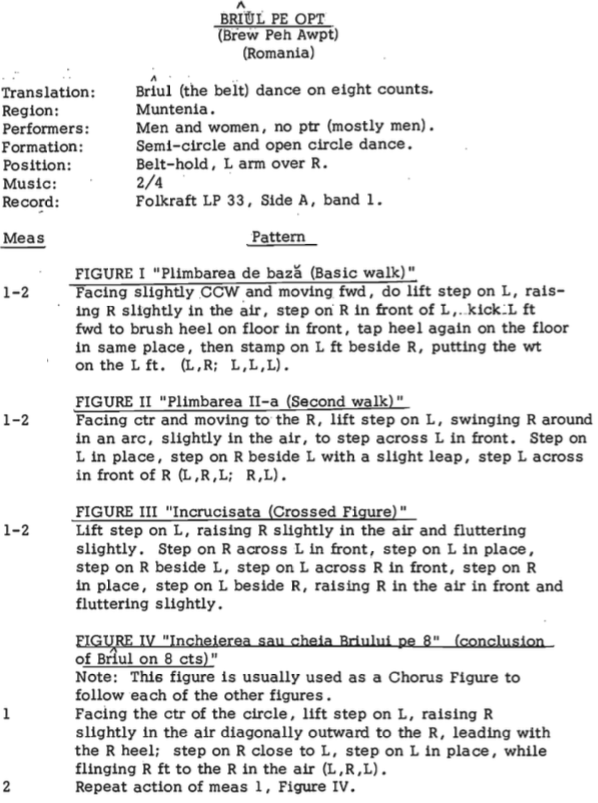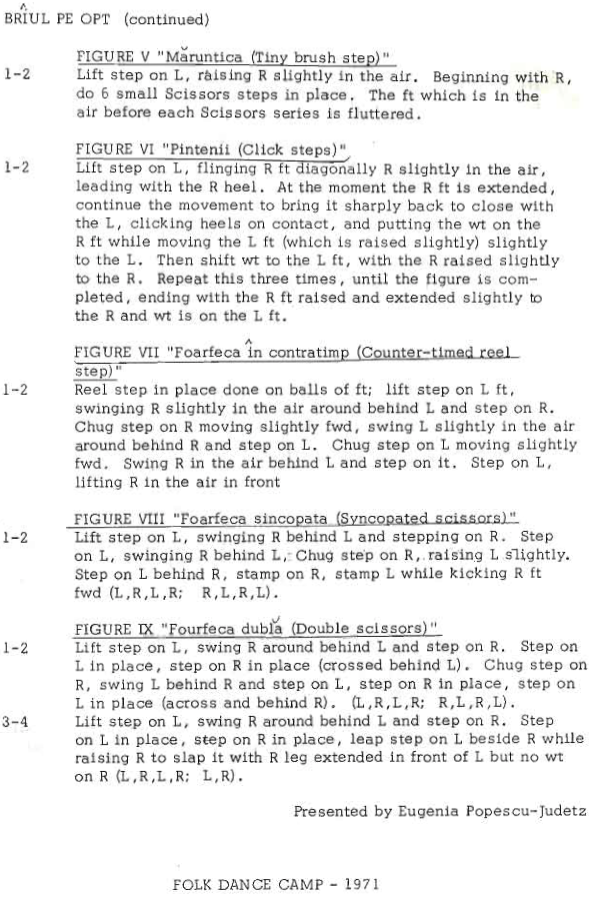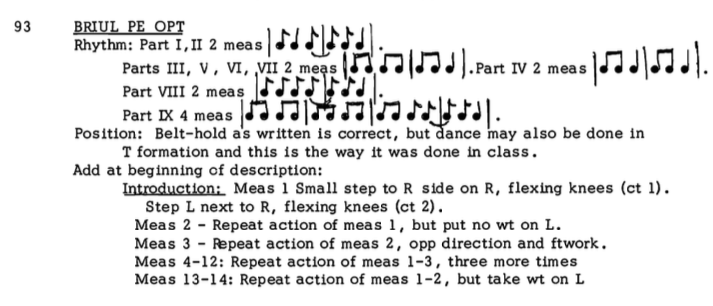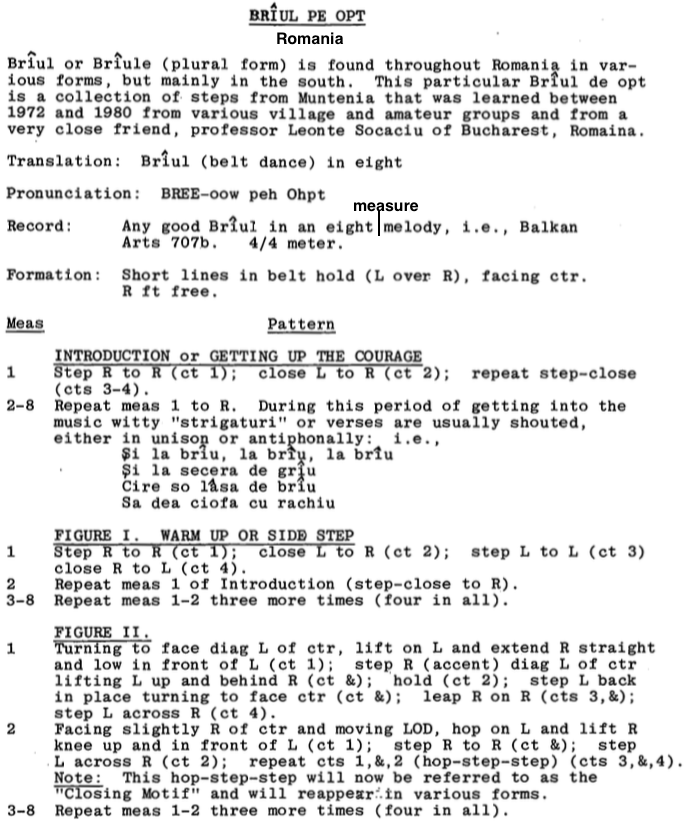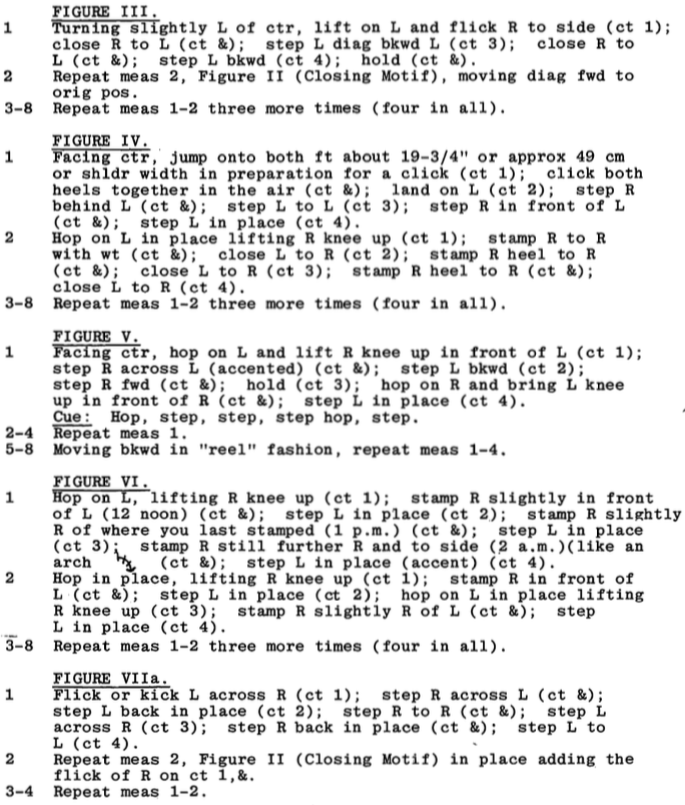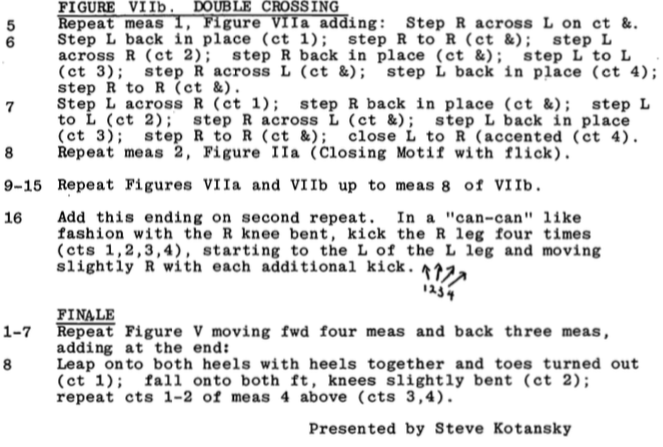*a Living dance is a 1st Generation dance that is still performed in the country of origin (or immigrant communities) as part of a social event like a wedding where others can participate (not for an audience) by people who learned the dance informally (from friends and relatives by observation and imitation, not in a classroom situation). For more information, click here and here.
Brâul (modern spelling, pronounced BREW) or Brîul (Communist-era spelling, pronounced BREW) is a huge family of Romanian dances. From the authoritative website Eliznik “The word Brâul (pl. Brâuri) comes from the Dacio-Illyrian language group meaning belt.” Serbians and Bulgarians, Romania’s neighbours, have many dances where they hold on to each other by the belt. Romanians might have had many at one time, hence the name. However in today’s Brâul dances “the belt hold rarely exists in Romania except in the name of the dance and has seemingly been replaced by shoulder hold, front or back cross-hand hold, or now when women dance as simple low hand hold.”
Brâul dance types
Originally, Brâul dances were a men-only affair. Nowadays, women dance Brâul with the men. They’re line dances, sometimes short lines, featuring fast instrumental music and tricky footwork.
Eliznik “There are three basic types of the Brâul separated by their region, although there is some cross-linking between sub-types and some variety in classifications between different researchers:
- Carpathian Brâul (or sometimes referred to Brâul Mocănesc or shepherds’ Brâul) is the largest fund of dances covering the Carpathian regions of north Muntenia, west Moldavia, and south east Transylvania, with sub-types of the old-type or Muscel type and Transylvanian type. There are some that are referred to as “new-type” that are actually closer to the Danubian Brâul.
- Danubian Brâul has two main families of dances: the Brâuleț from Oltenia (other names Galaonul, Poloxia, and Trei păzește), and the Alunelul, found across the whole of southern Romania (other name Ca la baltă).
- In the Banat mountains region there are two different types of Brâul. Firstly, the ‘old-type’ Brâul bătrân which is the local generic dance which is danced both as a men’s dance and as a social dance similar in context to Hora. Secondly, the fixed form Brâul which has many variations that are named after a place or a dancer.“
Choreographic form, motifs, music
| type | names | form | structure | motifs | music |
|---|---|---|---|---|---|
| Carpathian Brâul | Brâul, Corăghește (Roata, Bărbătesc) | shoulder hold | walking (plimbăre) travelling to the right & figures | syncopation, stamping, heel clicks | 2/4 |
| Danubian Brâul | Brâuleț, Galaonul, Poloxia, Alunelul | cross hand holds | bi-directional figures | fast footwork – crossing, toe & heel actions | 2/4 |
| Banat Brâul (new type) | Brâul lui …, Brâul de la …, Brâul …ilor | shoulder hold | bi-directional figures | fast footwork – crossing, toe & heel actions | 2/4 or 7/8 |
| Banat Brâul (old type) | Brâul, Danț | shoulder hold | bi-directional | Derivative of hora step pattern | 2/4 |
Notice none of the above dance types mention Brâul pe…..as in Brâul pe șase, or Brâul pe opt.
Brâul (Brîul) (L*) pe șase (6)
Brâul pe șase (BREW peh SHAW-seh) literally translates as “6-count belt dance” or “six-step belt dance”. The “6” refers to the length of music phrase – 6 measures of 2/4 – which then dictates the length of dance phrase. The music is very fast (A quarter note ranging from 132 – 184 beats per minute), in 2/4 time. There is no single Brâul pe șase dance, but lots of Brâul dances with 6-measure phrases. Some sheet music is available here, though none match any music YouTubes.
Music


Muscel, 1601-1950. County seat, Câmpulung. Argeș County today, including Muscel
Dance
I’ve shown only YouTubes labeled Brâul pe șase, though any Brâul with a 6-measure music phrase is theoretically a Brâul pe șase

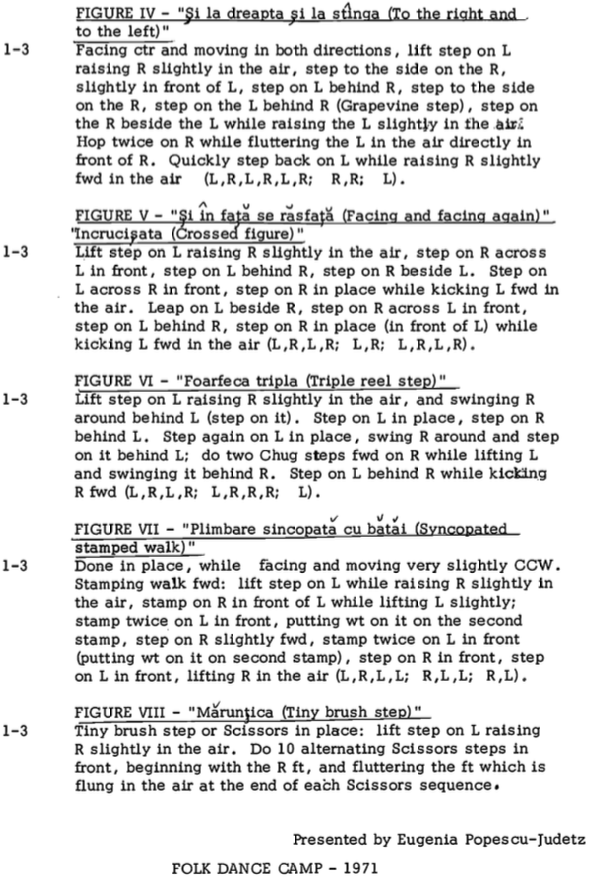
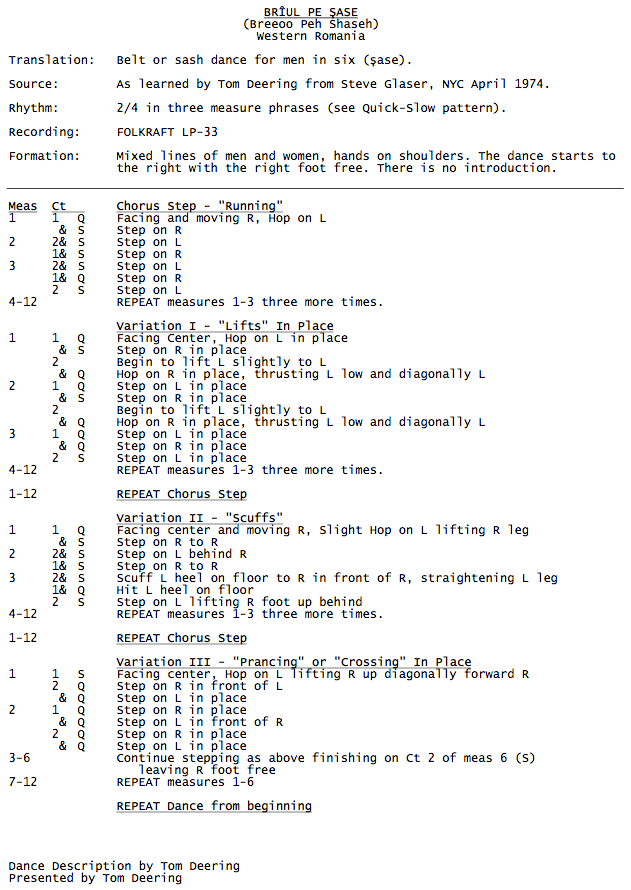
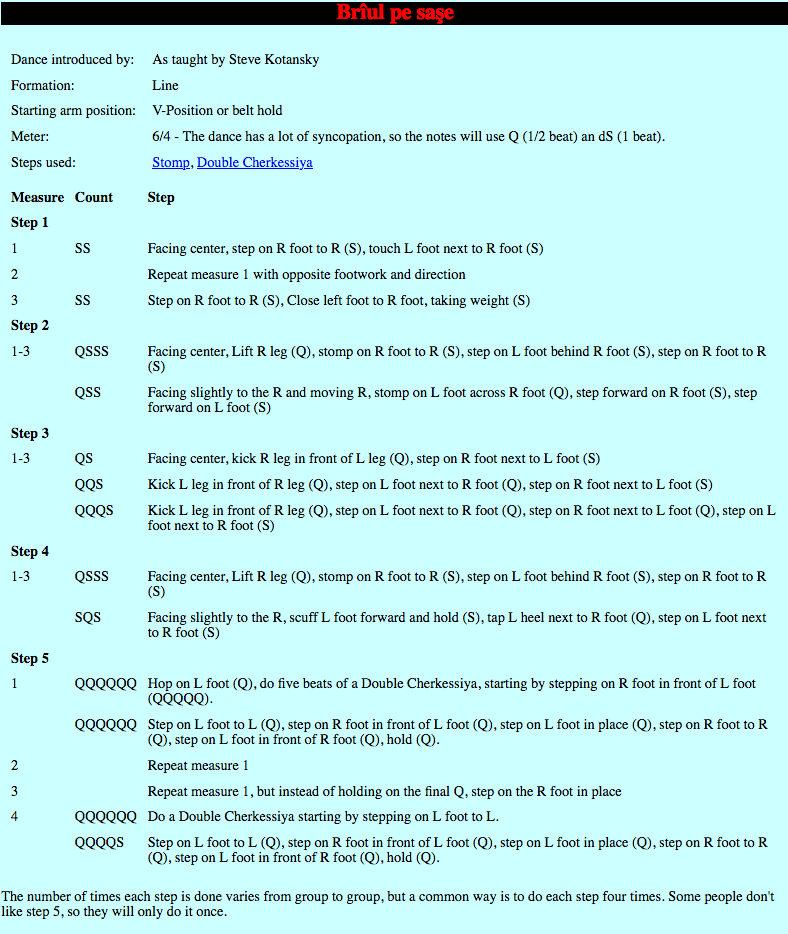
Brâul pe șapte (7)
Banat region only. 4 measures of 7/8 time. I found no YouTubes of people dancing, but lots of bands can play it! Unlike Brâul pe 6 and Brâul pe 8, which are predominantly instrumental, Brâul pe 7 usually has a vocal lead.
COMMENT by John Uhlemann:
“The Brâul Banatean (I’ve not heard it called brâul pe șapte (7) in Romania despite the Youtube evidence) is “no longer done” according to 2 of my sources, but I was told it looks like the basic Serbian Kolo, just done in 7/8 (think Žikino kolo or an 8-measure basic Bulgarian chetvorno). These days when music like that is played in Banat, they usually do a couple dance like Soroc (see your example). Too bad; there is a lot of really great music for the dance, and not all of it is vocal – vocal stuff is more likely put up on youTube because it is more popular with fans.”
Brâul (Brîul) (L*) pe opt (8)
Brâul pe opt (BREW peh AWPT) literally translates as “8-count Belt Dance”.The “8” refers to the length of music phrase – 8 measures – which then dictates the length of dance phrase. The music is very fast (A quarter note ranging from 132 – 184 beats per minute), in 2/4 time. There is no single Brâul pe opt dance, but lots of Brâul dances with 8-measure phrases. Some sheet music is available here, though none match any music YouTubes.
Music
Dance
I’ve shown only YouTubes labeled Brâul pe opt, though any Brâul with an 8-measure music phrase is theoretically a Brâul pe opt. See Kotansky’s notes, below.
